Traveling frequently by train in Japan can quickly become expensive, especially if you want to take limited express or Shinkansen trains. Fortunately, Japan offers several train passes that help you save money, and one of the most convenient for exploring the Kanto region is the JR Tokyo Wide Pass.
This pass is perfect for day trips from Tokyo and allows travelers to visit popular destinations like Nikko, Kamakura, and the Fuji Five Lakes area. I used the JR Tokyo Wide Pass during my spring break, and in this article, I’ll share how it works and the best spots you can explore with it.
What is Included in the JR Tokyo Wide Pass?
The JR Tokyo Wide Pass has been available since November 19, 2015, replacing and expanding the former JR Kanto Area Pass. Unlike many other Japan Railway Company train passes, this one is valid for all foreign residents, not just foreign tourists. So if you live in Japan, don’t worry: you can also use this pass with your passport, regardless of your visa.
The pass is valid for three consecutive days. It costs 15,000 yen (7,500 yen for children and free for children under 6), which isn’t a lot for three days of traveling.
What Area Does the Pass Cover?
As the name suggests, you can use the JR Tokyo Wide Pass in a large area around Japan’s capital. This includes the Japan Railway lines in Tokyo, Kanagawa, Chiba, and Ibaraki prefectures, as well as parts of Yamanashi, Shizuoka, Nagano, Tochigi, and Gunma prefectures. You can use the trains as often as you want, as there are no limits to the number of rides.
In addition to the regional JR EAST trains, the pass can also be used for the Tokyo Monorail, the Izu-Kyuko Line, the Fujikyu Railway, the Rinkai Line, the Joshin Dentetsu Line, and some other lines. You can use the Shinkansen express trains, which take you to Karuizawa, Takasaki, GALA Yuzawa, and Utsunomiya, among others (note: the Tokaido Shinkansen to Yokohama / Shizuoka cannot be used with this pass). The Narita Express and express trains to Nikko / Kinugawa Onsen, which are used cooperatively by the JR East and Tobu Railway, are also covered by the JR Tokyo Wide Pass.
The JR Tokyo Wide Pass is especially worthwhile if you want to cover longer distances or use special trains. The 15,000 yen pass averages around 5,000 yen per day, so if you are only in downtown Tokyo or want to go to Yokohama, it is not really worth it, as a single ride from Shibuya to Yokohama Station costs just 400 yen, for example.
Trips out of the metropolis, from Tokyo to Izukyu-Shimoda, Takasaki, Karuizawa, Utsunomiya, or to Kawaguchiko, are even better, especially when using special express trains. Here, the costs for a single trip are already between 5,000 yen to 7,000 yen. If you make a day trip out of it, you save even more.
Where Can I Buy It?
Probably this question comes to your mind now — where can I buy the JR Tokyo Wide Pass? There are two ways of doing this.
First, you can order your pass online. You just need to redeem your ticket at the major JR stations in Tokyo by scanning your QR code and passport through the vending machine inside the JR EAST Travel Service Center.
Alternatively, you can buy the JR Tokyo Wide Pass directly from one of the Travel Service Centers in Japan. Here, too, you must present your passport to purchase the pass.
How Should I Use my Pass?
The pass is a green paper ticket that can be used directly at the JR ticket gates. Insert the pass in the ticket slot to pass the barriers, and be sure to pick it up on the other side. It is not necessary to show it to the staff at the train station, and you can pass the barriers as often as you want.
We recommend getting a seat reservation for long journeys, which is also included in the JR Tokyo Wide Pass. Some trains require you to reserve a seat in advance to be able to ride them. You can either reserve it online via the same website where you can buy the pass or directly on-site at the train station. With your pass, you can reserve a seat directly at the ticket machines, or you can ask for help from the staff at the ticket counter (みどりの窓口, Midori no Madoguchi) or at the Travel Center.
Note that you need a seat reservation for some express trains and cannot use them without a reservation. If you want to use the green car on a train, there is an extra charge.
Recommended Day Trips
The JR Tokyo Wide Pass is valid for three days, meaning you’ll want to plan accordingly to get to all the travel destinations available in this area.
East of Tokyo Prefecture, you can explore Chiba Prefecture with the impressive temple complex in Narita and the beaches of the Boso Peninsula. Ibaraki Prefecture offers the famous Hitachi Seaside Park as well as the city of Mito with the Kairakuen, one of the three most beautiful gardens in Japan. Here, you should pay particular attention to the appropriate season if you want to see the special blossoms and flower fields.
 Naritasan Shinsho-ji
Naritasan Shinsho-ji
ESTABLISHMENT PLACE_OF_WORSHIP POINT_OF_INTEREST- 1 Narita, Chiba 286-0023, Japan
- ★★★★☆
 Hitachi Seaside Park
Hitachi Seaside Park
AMUSEMENT_PARK ESTABLISHMENT FOOD- Japan, 〒312-0012 Ibaraki, Hitachinaka, Mawatari, 字大沼605-4
- ★★★★☆
To the west, you can find Kawaguchiko with a wonderful view of Mount Fuji on a clear day, but cities like Odawara and Kofu are also worth a visit. The JR Tokyo Wide Pass also takes you south to the Izu Peninsula to destinations like Atami, Ito Onsen, and Shimoda.
 Arakura Fuji Sengen Shrine
Arakura Fuji Sengen Shrine
ESTABLISHMENT PLACE_OF_WORSHIP POINT_OF_INTEREST- 2-chōme-4-1 Asama, Fujiyoshida, Yamanashi 403-0031, Japan
- ★★★★☆
 Shimoda
Shimoda
LOCALITY POLITICAL- Shimoda, Shizuoka, Japan
- ☆☆☆☆☆
There is a lot to discover, especially north of Tokyo. You can plan day trips to Nikko and Kinugawa Onsen, make a stop in Utsunomiya or travel to Takasaki and Karuizawa. Especially in winter, the JR Tokyo Wide Pass is ideal for going to the GALA Yuzawa ski resort.
 Nikkō Tōshōgū
Nikkō Tōshōgū
ESTABLISHMENT PLACE_OF_WORSHIP POINT_OF_INTEREST- 2301 Sannai, Nikko, Tochigi 321-1431, Japan
- ★★★★☆
 Utsunomiya Castle Inner Citadel
Utsunomiya Castle Inner Citadel
ESTABLISHMENT POINT_OF_INTEREST TOURIST_ATTRACTION- 2-24 Honmarumachi, Utsunomiya, Tochigi 320-0817, Japan
- ★★★☆☆
We hope you’re excited about traveling in the Kanto area now! Have fun exploring the region around Tokyo on your JR Tokyo Wide Pass for your next trip to Japan!
Cover photo: Tsuyoshi Kozu

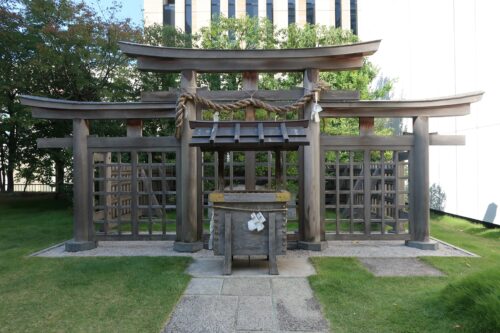
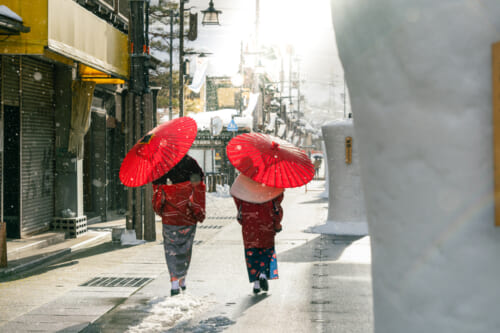
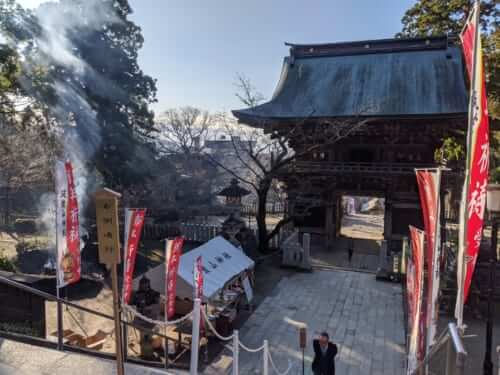

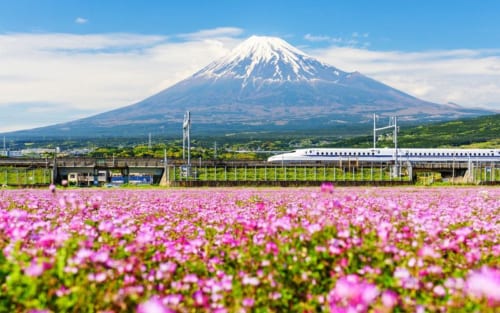
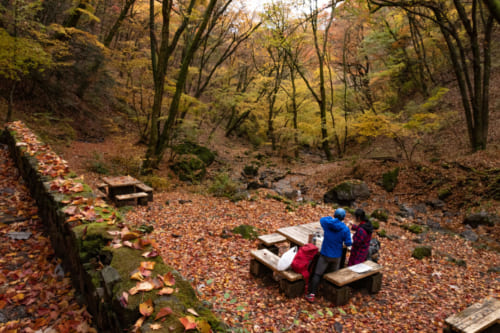
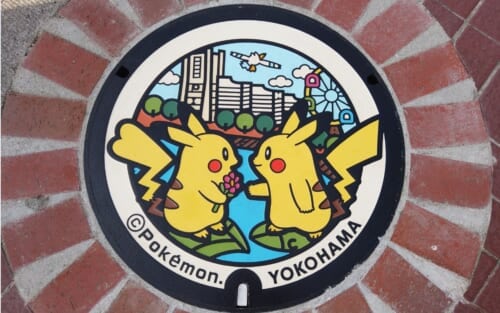


No Comments yet!